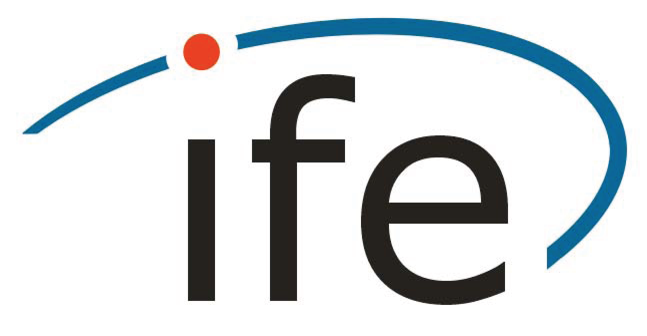Performance evaluation of a three-dimensional cold atom interferometer based inertial navigation system
- verfasst von
- N. B. Weddig, B. Tennstedt, S. Schön
- Abstract
A sensor fusion algorithm of a conventional MEMS IMU with semi-simulated cold atom interferometer (CAI) sensor values, based on an ESEKF, is demonstrated, and its performance is analyzed under different boundary conditions. CAI sensor values are generated from real navigation grade RLG IMU measurements. The MEMS IMU sensor data is used as input to a navigation strapdown algorithm. The developed ESEKF is able to track different systematic error terms, such as bias components, relative to the CAI reference. Dynamic and static experiments are recorded, with 10 repetitions. The drift of the MEMS strapdown + ESEKF (filtered) navigation solution is compared to the drift of a MEMS-only (unfiltered) strapdown navigation solution, with respect to a reference solution based on the navigation grade sensor data. The drift in position, velocity and attitude of the filtered solution is reduced by a factor of 30 (in position) to 100 (in attitude) with respect to the unfiltered solution. In the dynamic case, the drift is reduced from 9848.56 ± 297.27 m to 335.93 ± 138.51 m. A sensor delay study is performed as well. The system is stable for delays of up to 0.25 seconds between both sensors. For larger delays, the variance components of the bias terms in the process noise matrix need to be adjusted, as the large noise of the MEMS sensor causes divergence of the system. After this adjustment, the filter does not diverge for a higher delay, a smoothed error estimate results, which exhibits a worse performance when compared to the previously mentioned filter solutions with smaller delays. On the other hand, it performs better than the unfiltered solution. These results validate the applicability of the algorithm to real data. Furthermore, it is shown that the algorithm is stable even if sensors of different grades are used. Finally, divergence of the system only occurs if the sensor differences between two filtering steps are too large, which indicates that the grade of the conventional sensor, and the performed dynamics, are important characteristics of this type of filter.
- Organisationseinheit(en)
-
Institut für Erdmessung
- Typ
- Aufsatz in Konferenzband
- Publikationsdatum
- 2021
- Publikationsstatus
- Veröffentlicht
- Peer-reviewed
- Ja
- ASJC Scopus Sachgebiete
- Steuerung und Optimierung, Instrumentierung, Elektrotechnik und Elektronik
- Elektronische Version(en)
-
https://doi.org/10.1109/ISS52949.2021.9619776 (Zugang:
Geschlossen)




